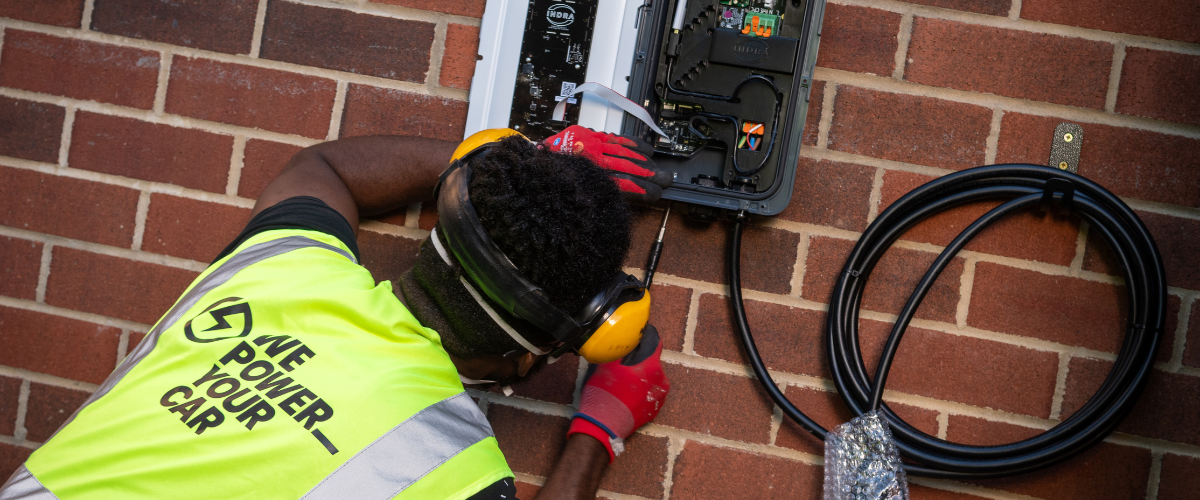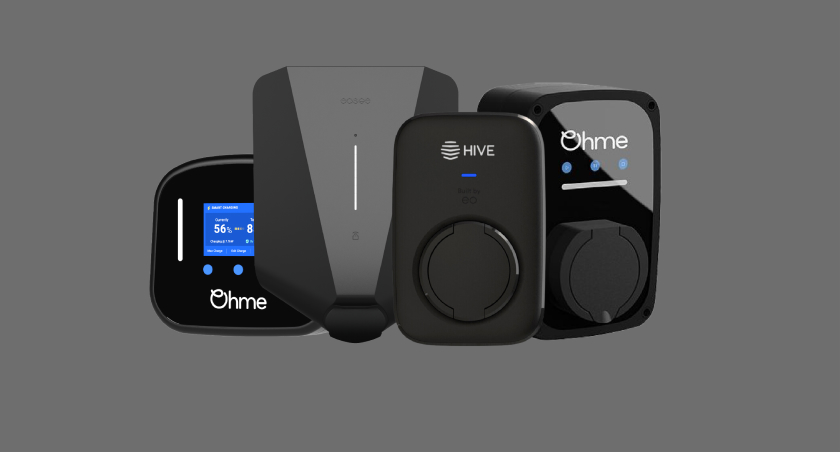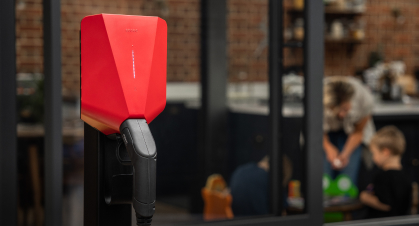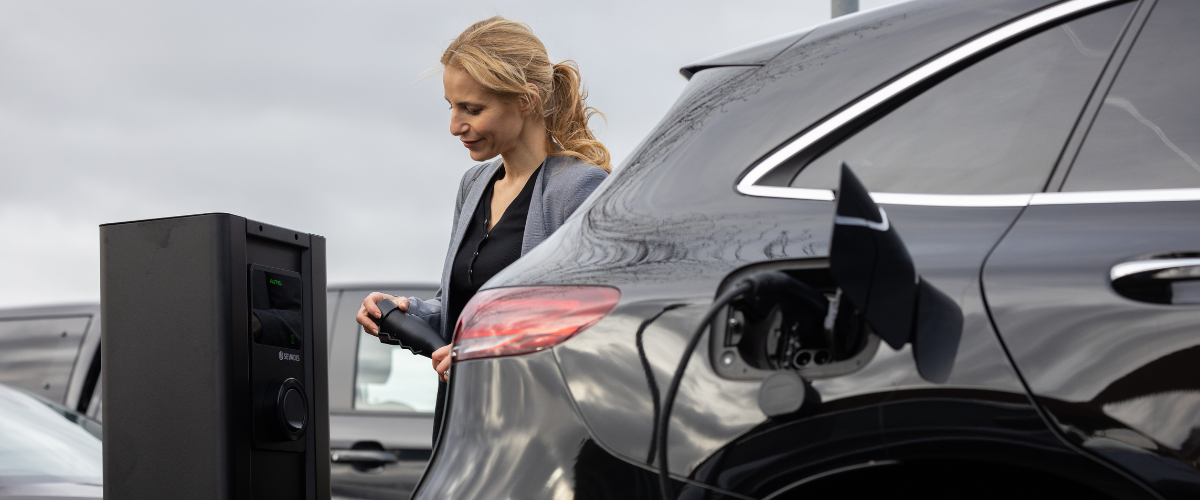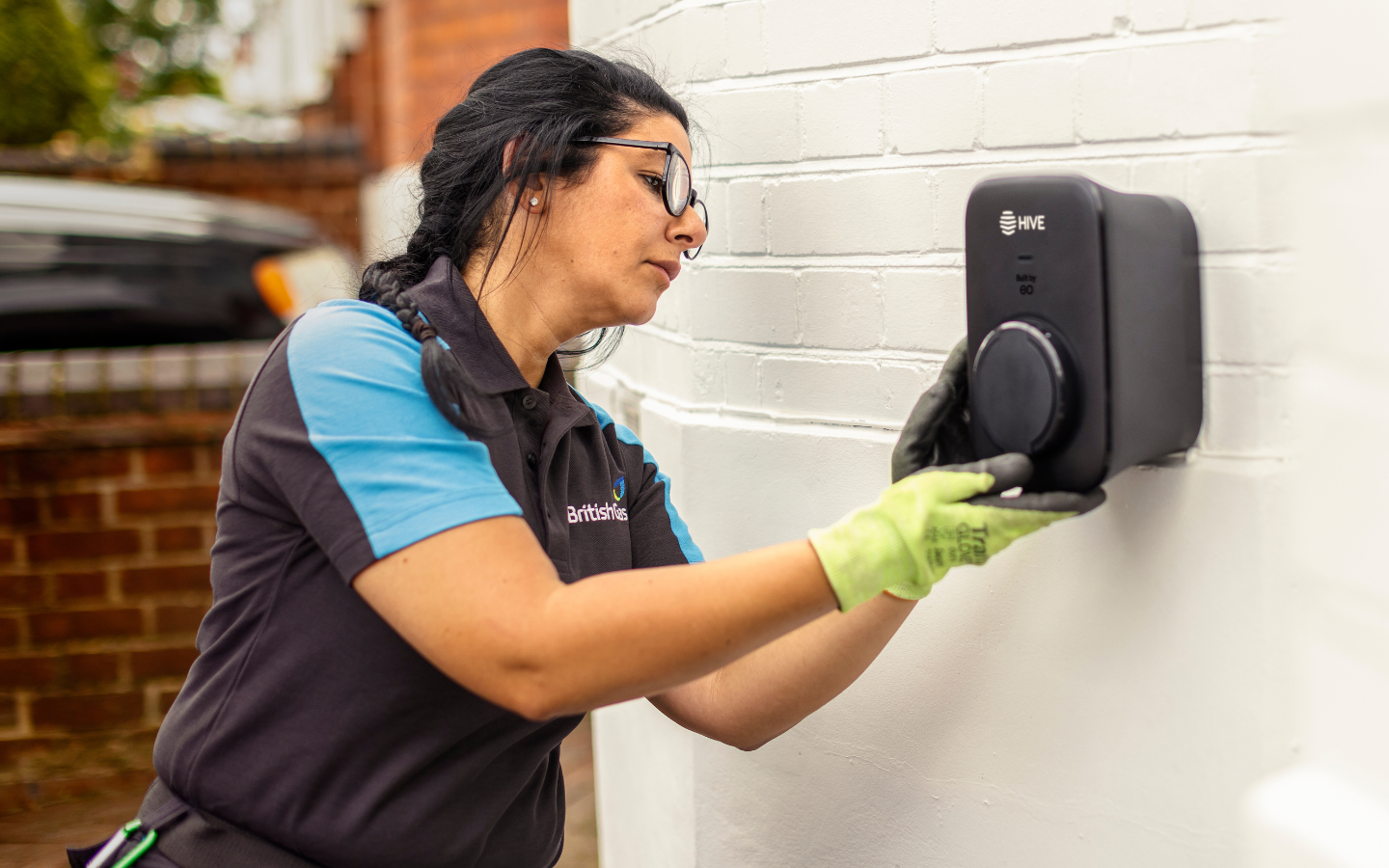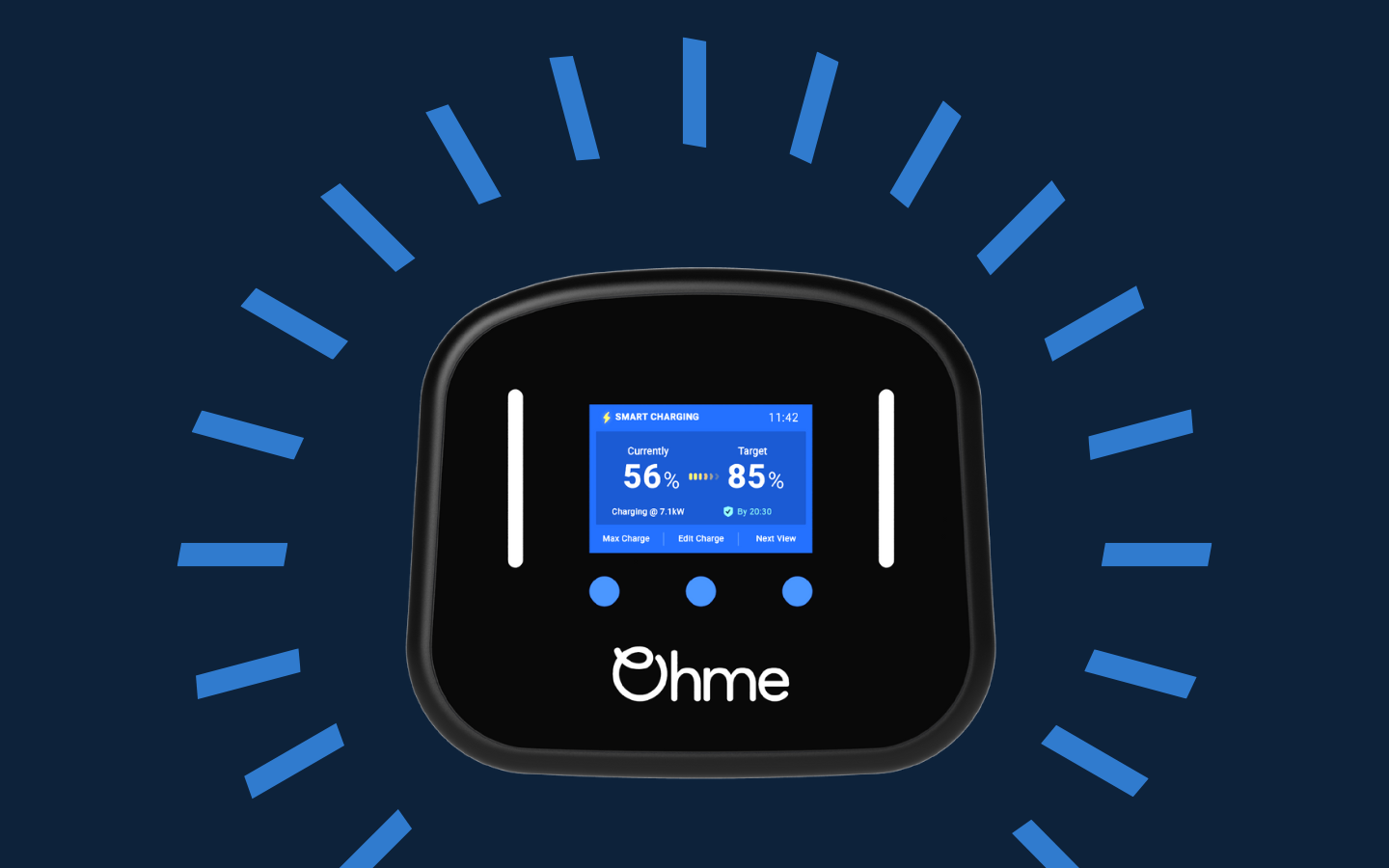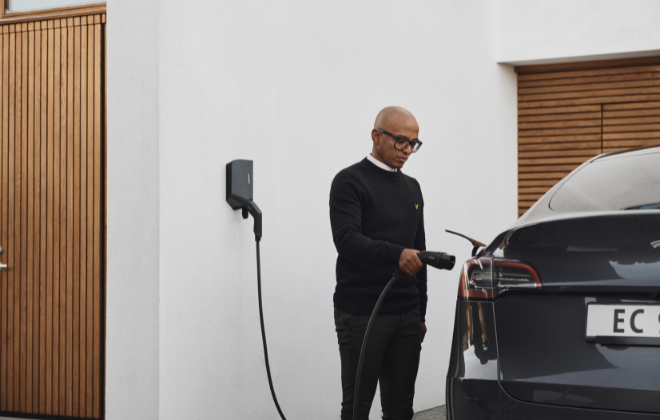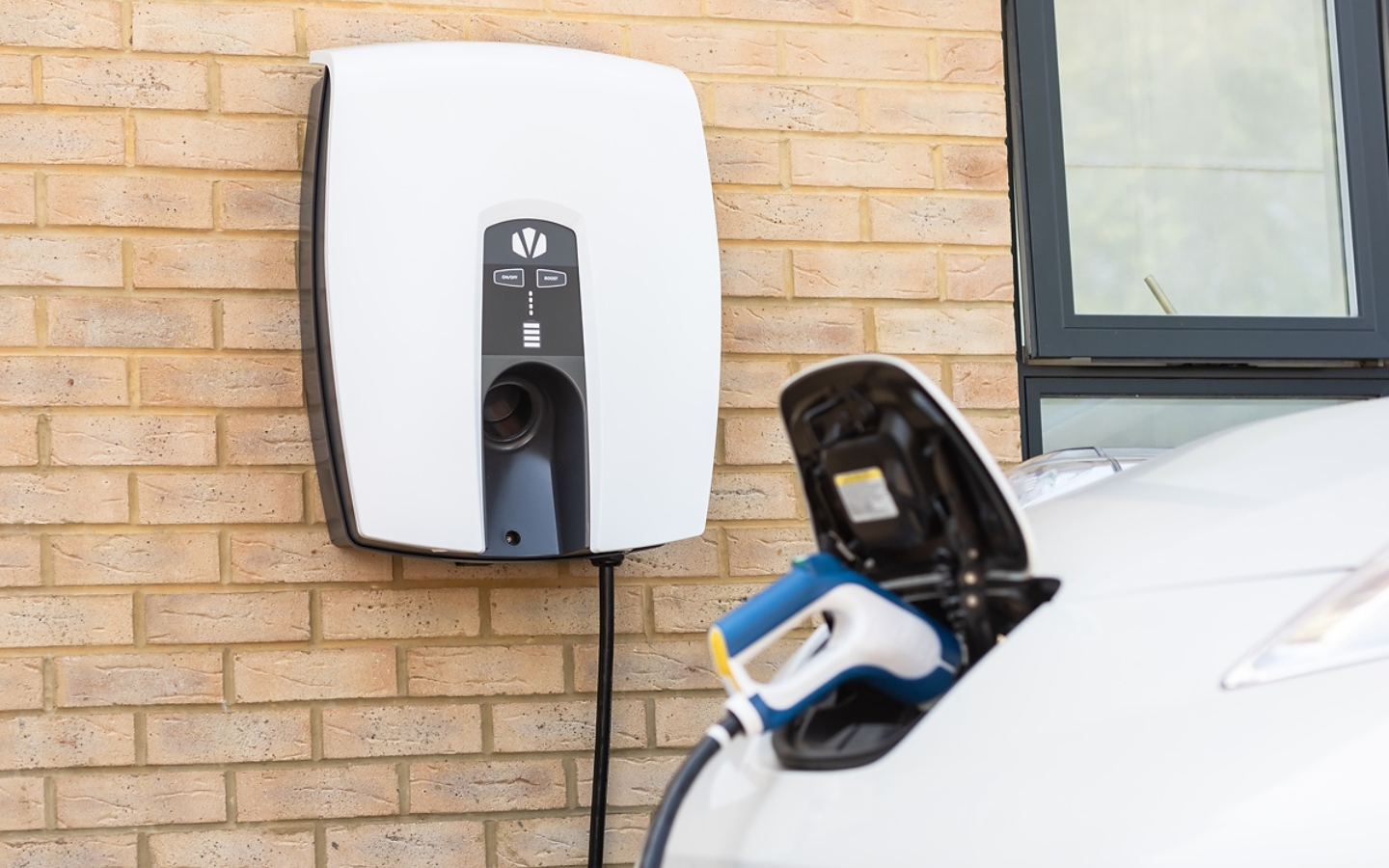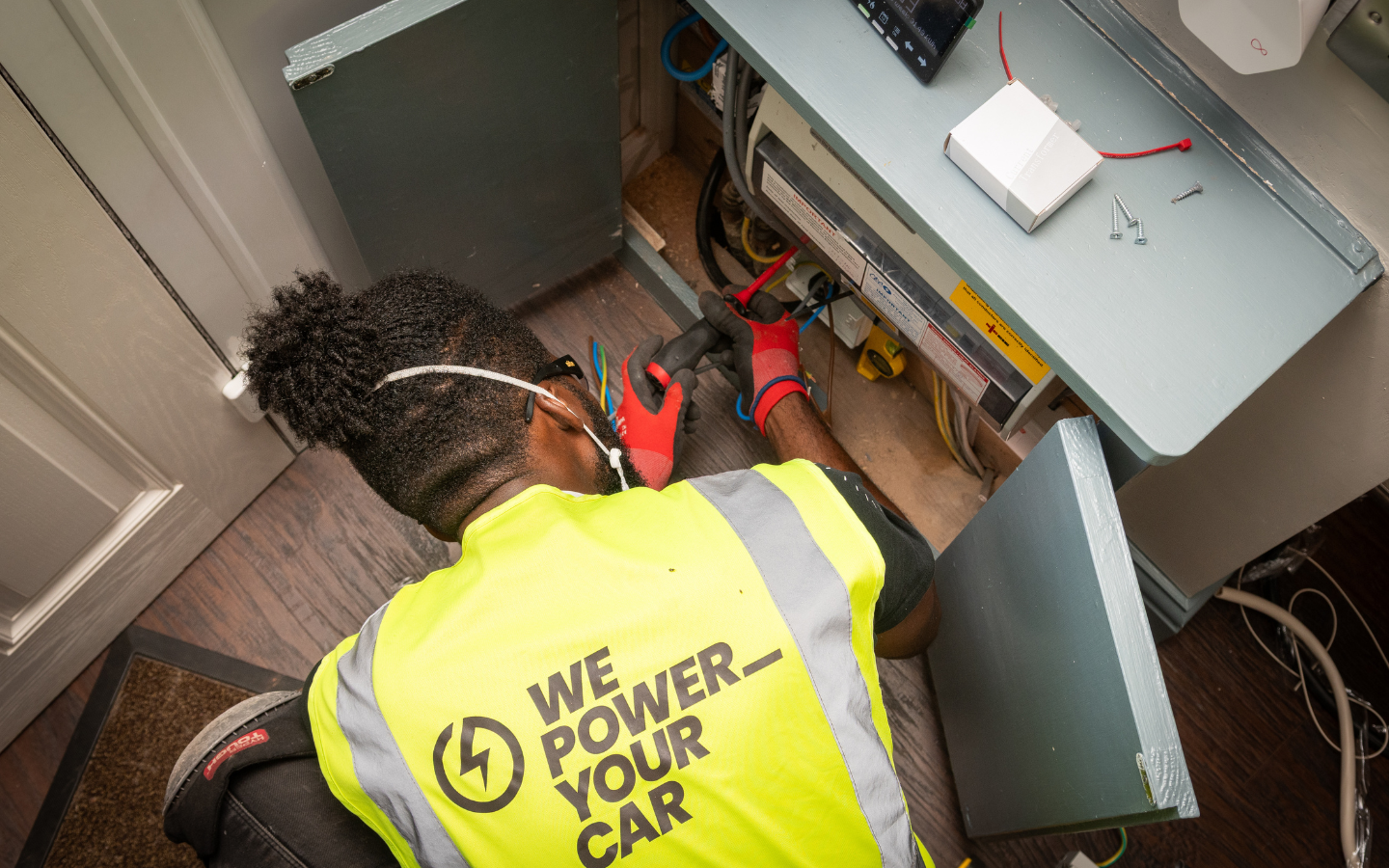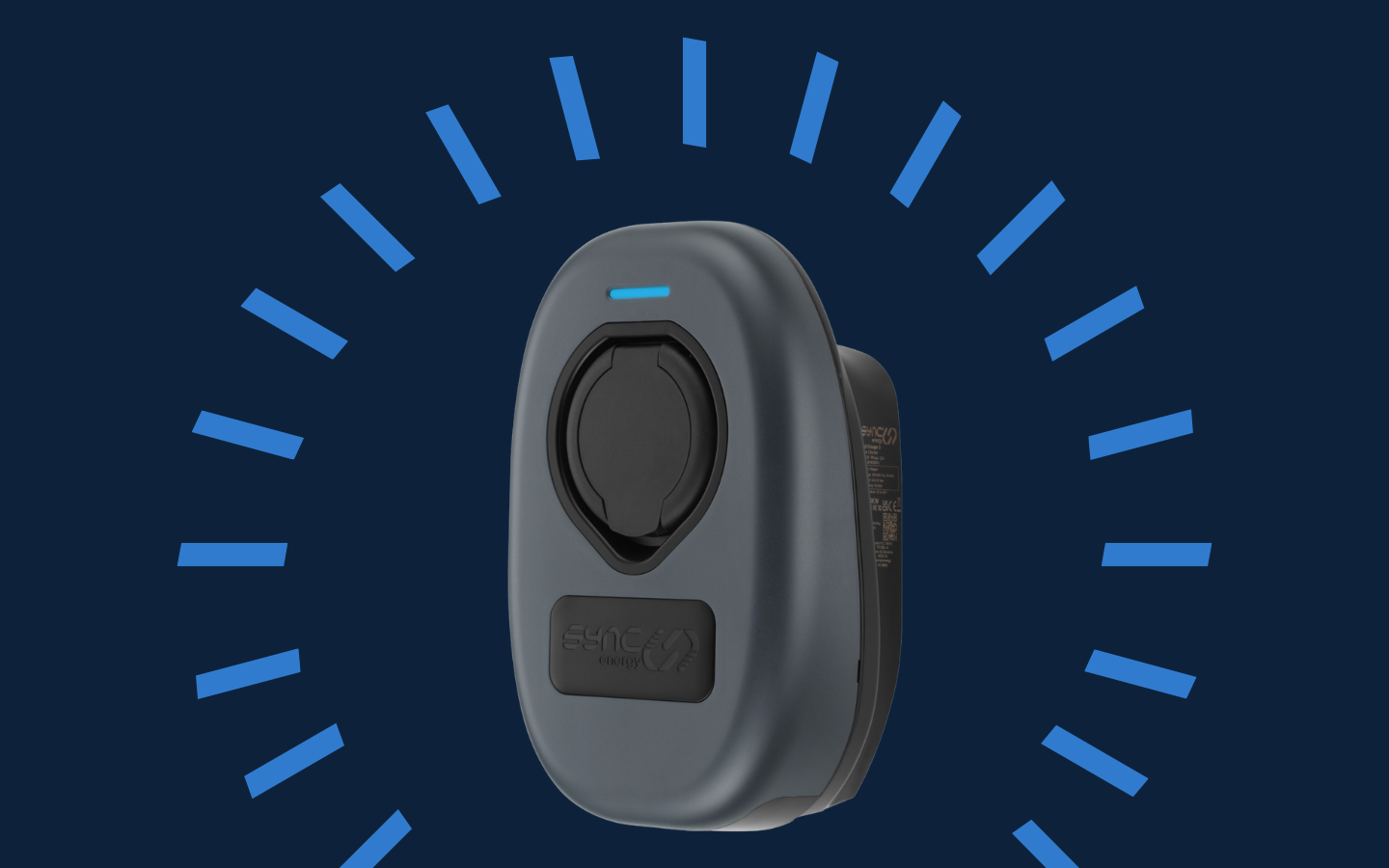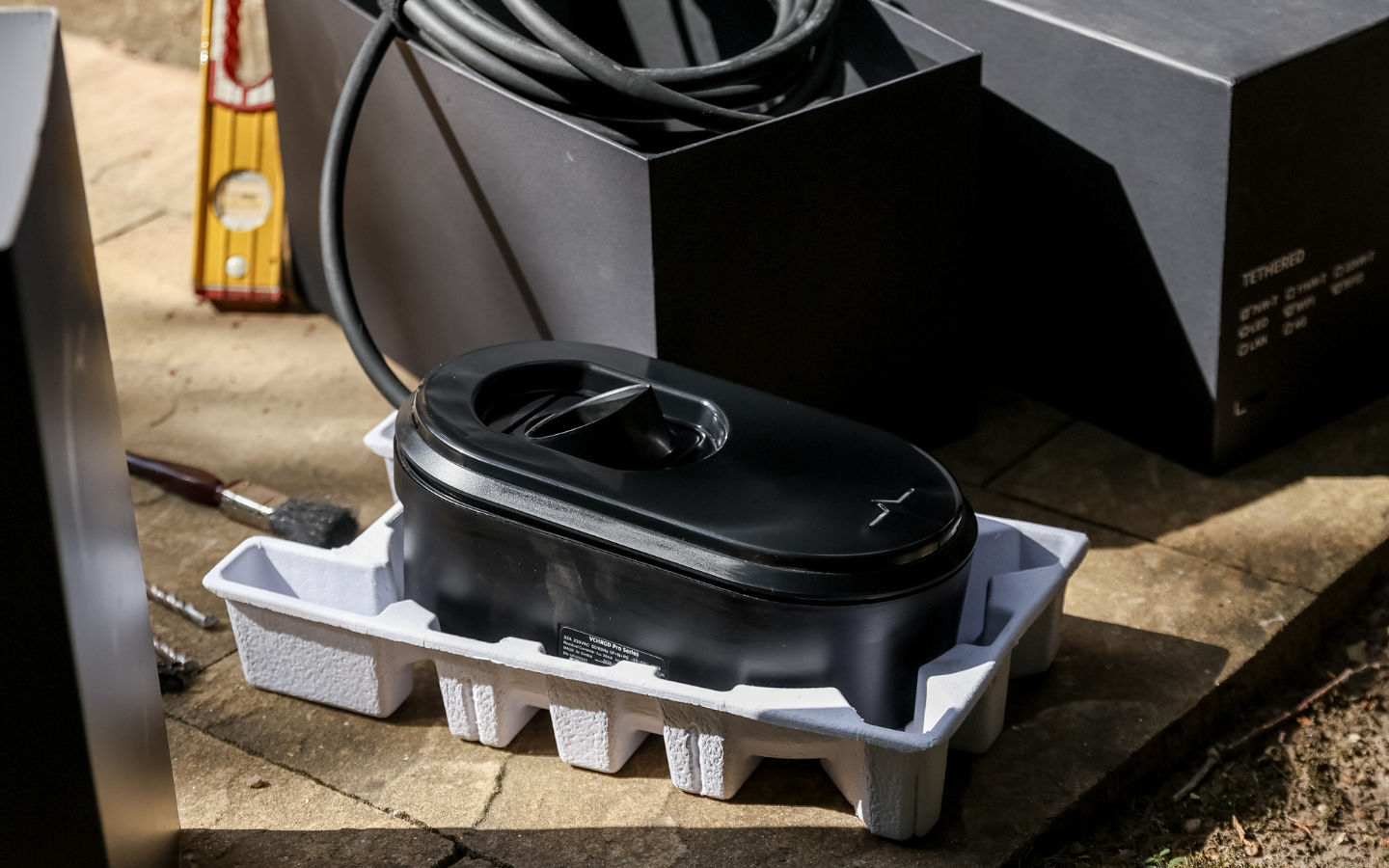

CT Clamps 101: What is a CT clamp, and do I need one?
Open your meter box. What do you see? Wires, wires and more wires, most likely. Probably in a variety of different colours.
But you might see something else. A small, black, nifty box-like creation, clinging onto a cable. Namely, a CT clamp.
But what is a CT clamp, and where do they slot in the world of electric car charging? And, in today’s age, do you need one for an EV charger?
In this article, we answer all your questions – and more, in no-nonsense layman’s terms.
What is a CT clamp?
In short, a CT clamp stands for a Current Transformer clamp. Locate them somewhere in the hubbub of your external meter box, hidden among the electric meter, consumer unit and general electrical items. Its core job to measure and monitor electrical current, ‘amps’, or ‘electrical load’, in real time.
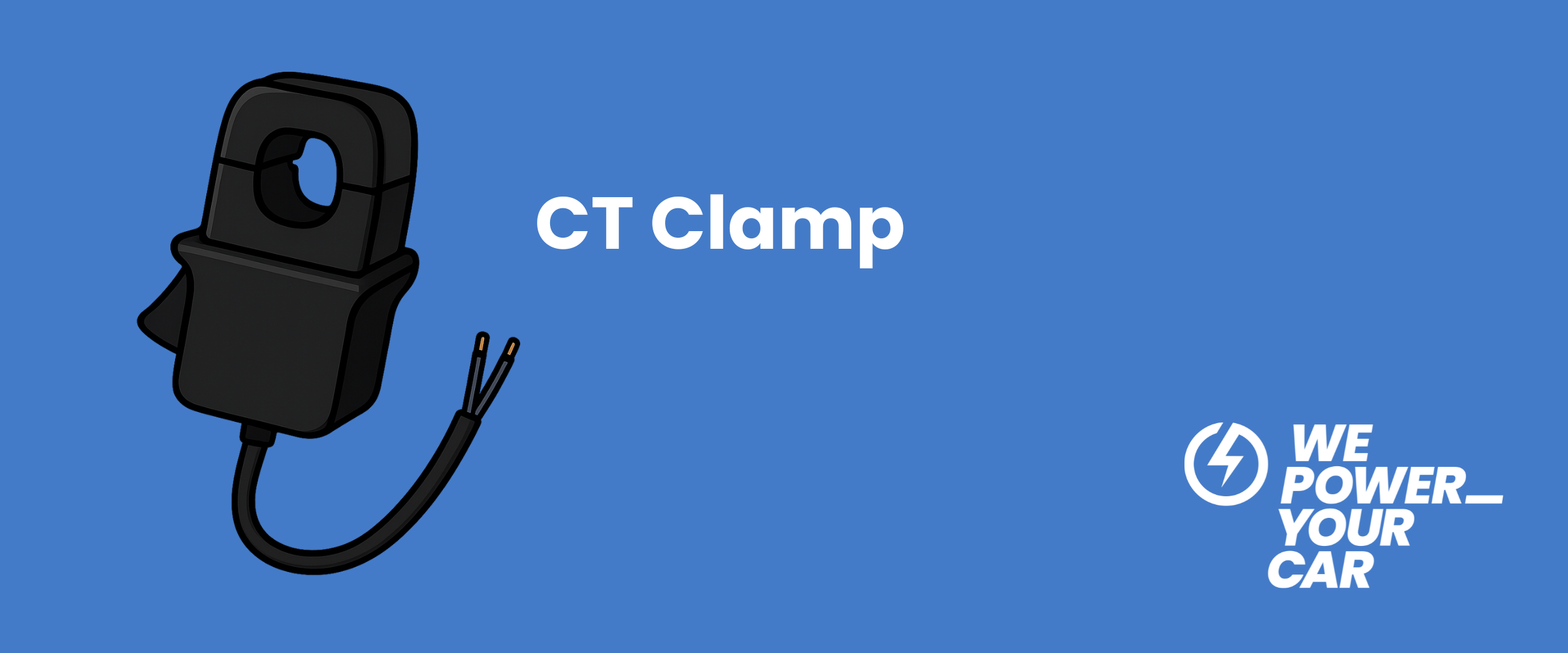
Do EV chargers need a CT clamp?
CT clamps and EV chargers go hand in hand. While not a legal requirement, like an earth rod or, in some cases, a safe isolator switch, most smart electric car chargers do need a CT clamp. Why? It’s good news, don’t worry. They simply unlock smart features and add an added layer of safety.
Usually, a CT clamp is fitted during the time of your EV charger installation and is included in the overarching price. Here’s a good rule of thumb: if you’re wondering whether your EV charger has one, check your charging point’s smart features. Solar compatibility and load balancing will nine times out of ten have one installed.
That said, they can be retrofitted. If need be, that is. For example, if an EV charger’s software has recently been updated, for instance, with solar charging, it can be retrofitted to achieve this new feature.
Note, here we are talking specifically about smart electric car chargers. For ‘dumber’ charging points, such as three-pin plug chargers, a CT clamp isn’t a requirement at any point. But that’s only because their tech isn’t advanced enough to offer the features. Picture it like an iPhone 5 against an iPhone 16.
What does a CT clamp do?
1. Monitoring and balancing
A CT clamp handily monitors the amps flowing through your home. Kettle on? EV charger on? TV on? Your CT clamp is watching. And waiting. Ready to pounce.
Why? Because if your electrical load borders on exceeding your property’s maximum amount, the superhero CT clamp will instantly decrease the amps going to your charger. In a sense, it ‘balances’ the electricity in your home, protecting your fuse from blowing.
Imagine it like a bouncer monitoring a bar. If it looks like there will be too many people, they won’t let anyone else in – managing the flow to handle maximum capacity. Or, if someone is misbehaving, they will remove them immediately, monitoring accordingly.
This is often referred to as ‘load balancing’ or ‘load management’ and is common among many smart home chargers on the market.
In the same sense, they can allow for two charging points to be charged at home simultaneously by splitting the electrical supply.
2. Adjusting amps
Certain home electric car chargers can reach heights of 22kW. While not the standard with single phase electrical supplies, if your EV can take the power, they are a game-changing investment.
If you’re charging your electric car at 7kW but want full power, you can slide the power output in your app and charge faster. All made possible with a CT clamp (and a three phase electricity supply).
3. Solar EV charging
Fun fact: solar electric car chargers allow cheaper, greener electric car charging, all from the comfort of your own home. But CT clamps and solar are a key partnership. In fact, to be able to to sync your charger to your solar panels, a CT clamp needs to be installed as the middle man.
Once this is done, you can use free, surplus solar energy to top up your electric car’s battery.
Where can you buy one?
In short, you can buy a CT clamp wherever you would typically purchase an EV charger. Manufacturer websites are a good place to start. Think evec, Ohme and Pod Point. Even commercial chargers like Sevadis sell their own.
EV charger installers, such as ourselves, are another great place to check. Normally, we stock a variety of CT clamps for certain EV chargers that are ready and waiting for installation. Ohme CT clamps, Zappi CT clamps, and more. You name it, we have it.
How much does one cost?
In the UK, you’re looking at roughly £10-£30.
Conclusion
While not essential in all EV charger installations, CT clamps do amplify your charging: adding smart functionality and another layer of safety.
In need of an EV charger and installation?
Day and night you can save with a home EV charger. And we’re here to make it happen.
Whether it’s the Ohme Home Pro or an Easee One, we stock only the best electric car chargers on the market. Combine market-leading tech with our ‘Excellent’ (Trustpilot) installation, and you get a hassle-free, stress-free electric car charger solutions.
With our DBS-checked, accredited and experienced EV charger installers, we can install wherever you are, all with first class customer service.
